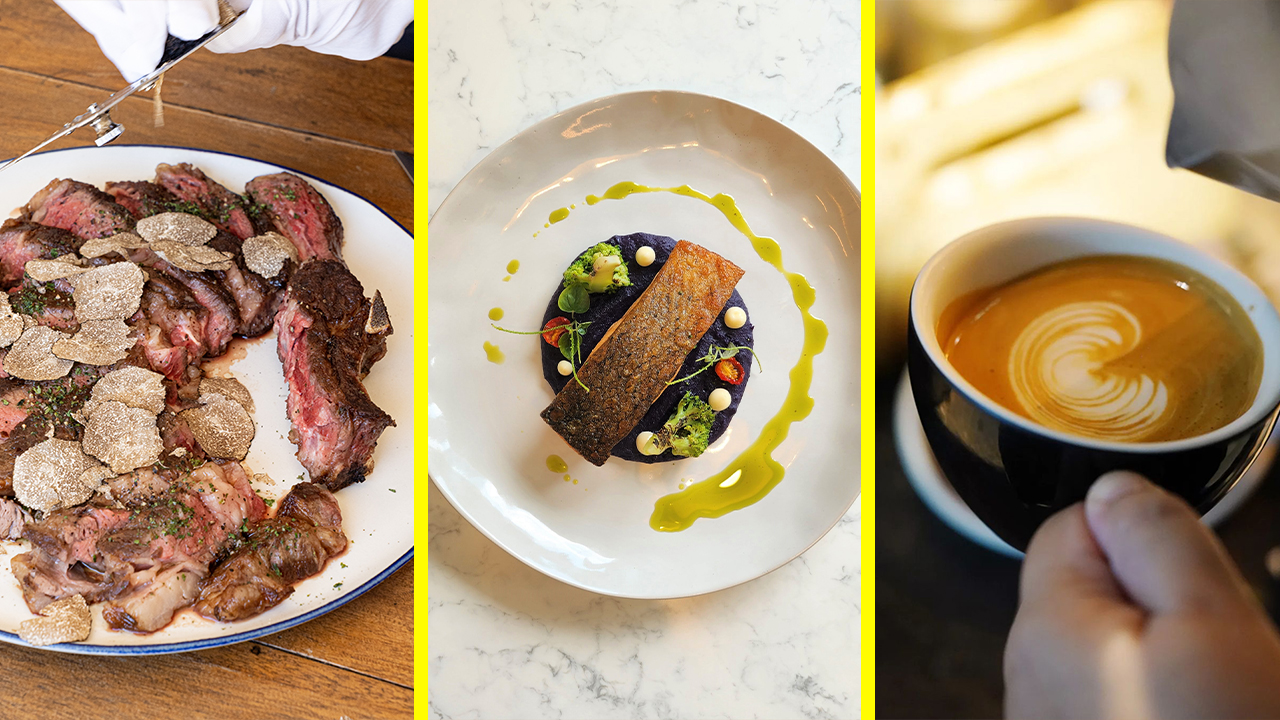Menus matter but with each subsequent year in the business and with every editing and engineering that happens, the ideal is to make it better for your customer.
While certain brands and restaurants can stay true to who they are from their beginnings (case in point: Potato Corner), it is absolutely necessary to change up the menu every now and then (at least twice a year) for simple reasons: customer tastes and preferences change, prices and costs go up, creativity needs to be nourished, and new markets can be catered to.
Though it sounds easy on paper, menu engineering—and to a larger extent, continuous optimization—is far from a walk in the park. As former F&B Report columnist Peter Pysk once said, the process requires analysis and strategy to increase profitability.
So while restaurateurs can still showcase updated menus that are full of heart and charm, it should go hand in hand with a delicious amount of intentionality and purpose—one that greatly impacts your values and bottom line.
So while restaurateurs can still showcase updated menus that are full of heart and charm, it should go hand in hand with a delicious amount of intentionality and purpose—one that greatly impacts your values and bottom line.
La Spezia and Yardstick Coffee
While La Spezia and Yardstick Coffee kept everyone talking in the last near decade or so, their approach to menu evolution bled through the entire concept, delivering a message that they are ready (once again) to pursue a post-pandemic peak.
The six-month closure and renovation of Yardstick was major. There are now more “private” spaces in its architectural story as well as a brutalism-meets-nature theme felt throughout (even in the retail pockets) that naturally connect the store to customers when exploration ensues. Even the massive concrete bar rising dramatically from the heart of Yardstick is deeply human, thanks to the staff’s rosy hospitality.
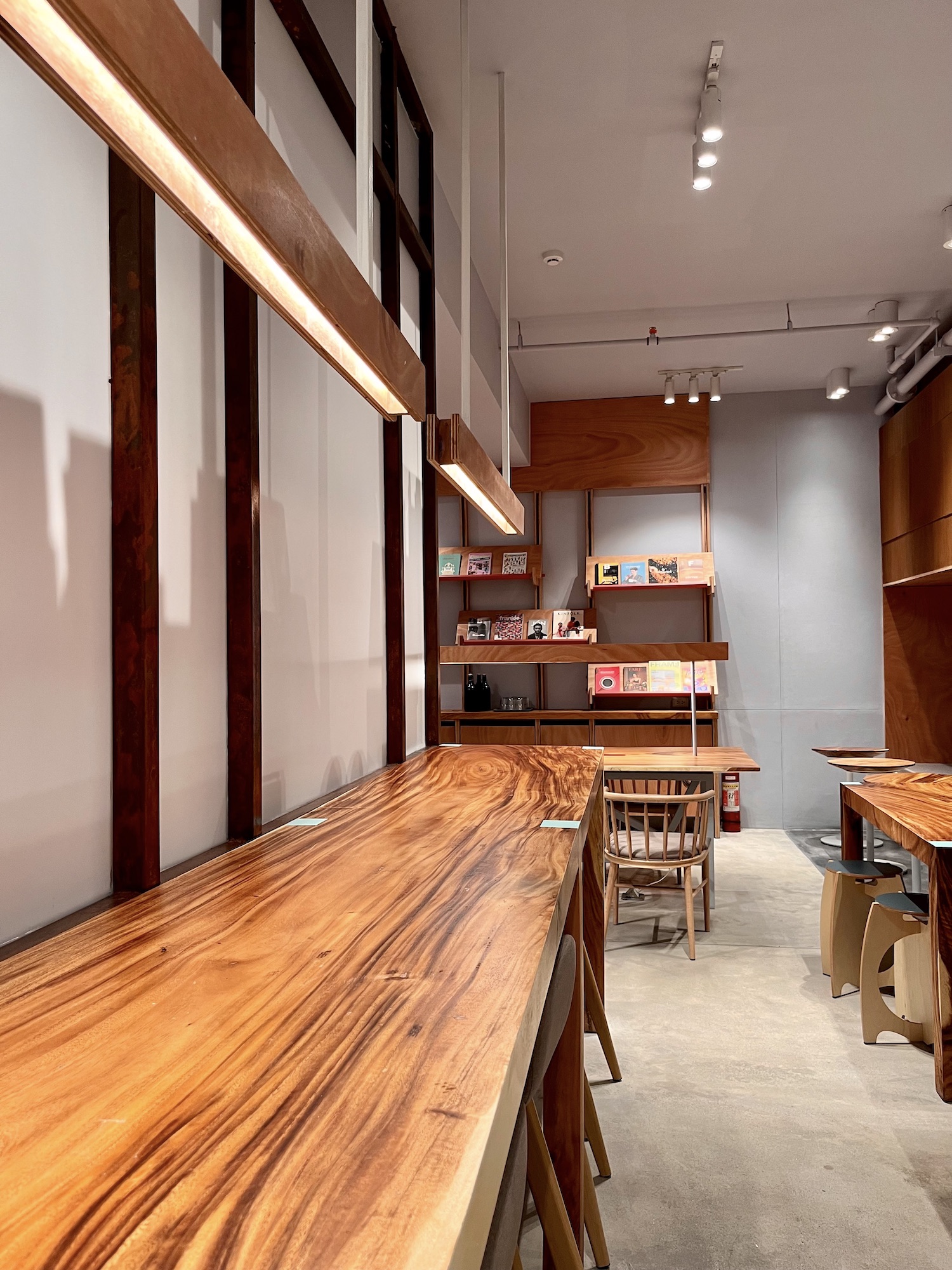
One attraction that has started to draw more customers aside from the minimalist chic interiors and branch-exclusive concoctions is the Flavor Bar.
This is ultimately Yardstick having a lot of fun. And why not? After a six-month hiatus—an eternity for a cult coffee favorite—Yardstick is back into the thick of things with a reserved energy despite the heavy anticipation and clamor for their comeback.
Tucked into a corner overlooking the entire space designed by Arts Serrano, the new Flavor Bar is an elegant example of Yardstick’s vision for more hedonistic coffee ventures. Here, the emphasis is as much on coffee pairing as the social interaction itself. When we visited, owner and head of product Andre Chanco introduced us to the polished ‘tale of the two crops’ experience—a brisk coffee walkthrough where zesty and cold single origin coffees and hot pour overs using beans from locations like Myanmar are paired with an Auro Chocolate flight and pudding to distill an experience afforded by Chanco’s tasty travels.

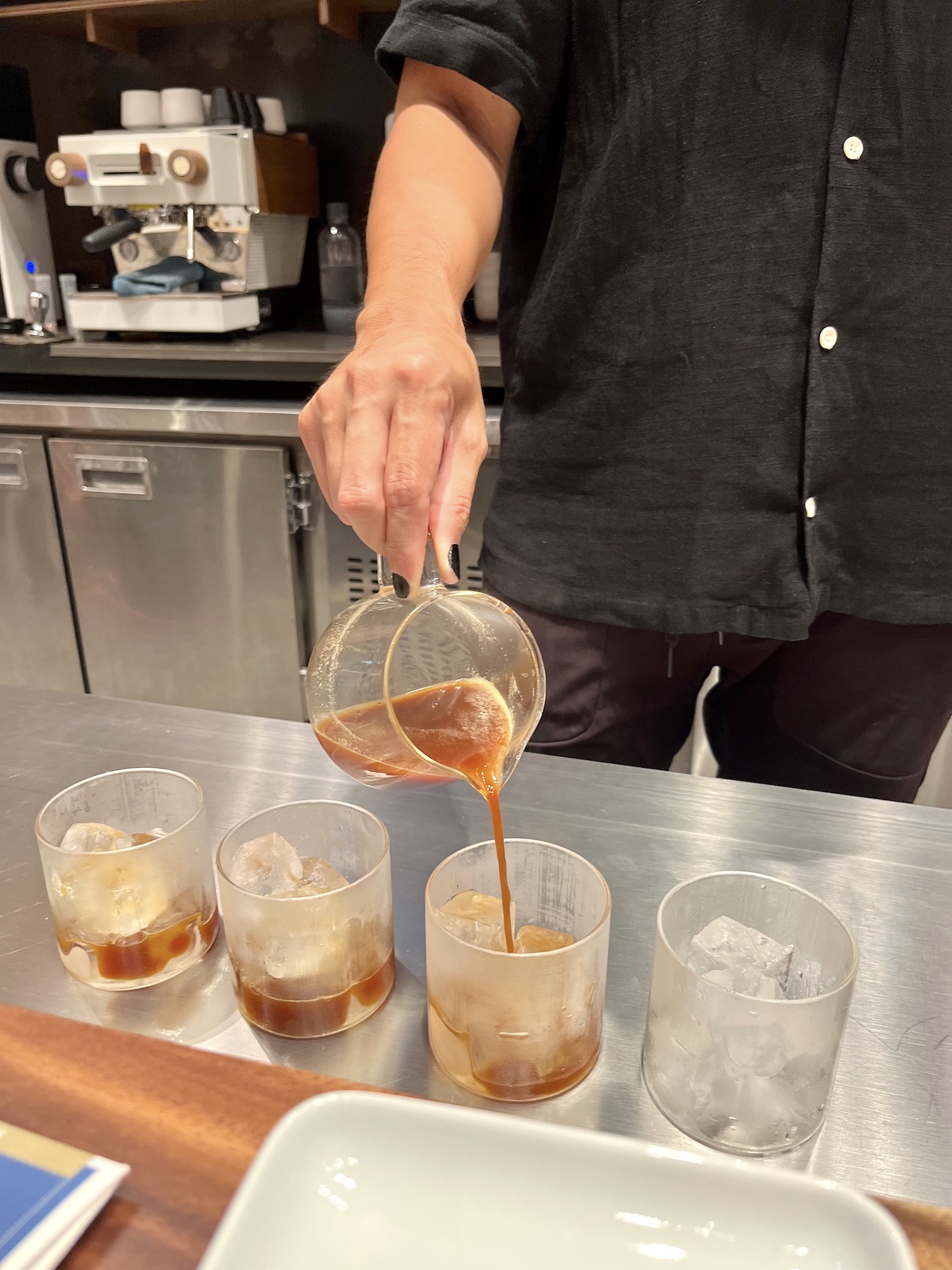
This is ultimately Yardstick having a lot of fun. And why not? After a six-month hiatus—an eternity for a cult coffee favorite—Yardstick is back into the thick of things with a reserved energy despite the heavy anticipation and clamor for their comeback.
Like Yardstick, La Spezia’s aim in bolstering its premises with more than just a fresh coat of paint and streamlining its well-loved menu is to further lock into the pleasurable space they have created for themselves in Quezon City.
“We started with a very constrained budget [in 2018] so we worked with what we had back then and of course there were signs of aging [in the restaurant] so it’s about time that we invest into the restaurant,” says co-owner Sean Yuquimpo.
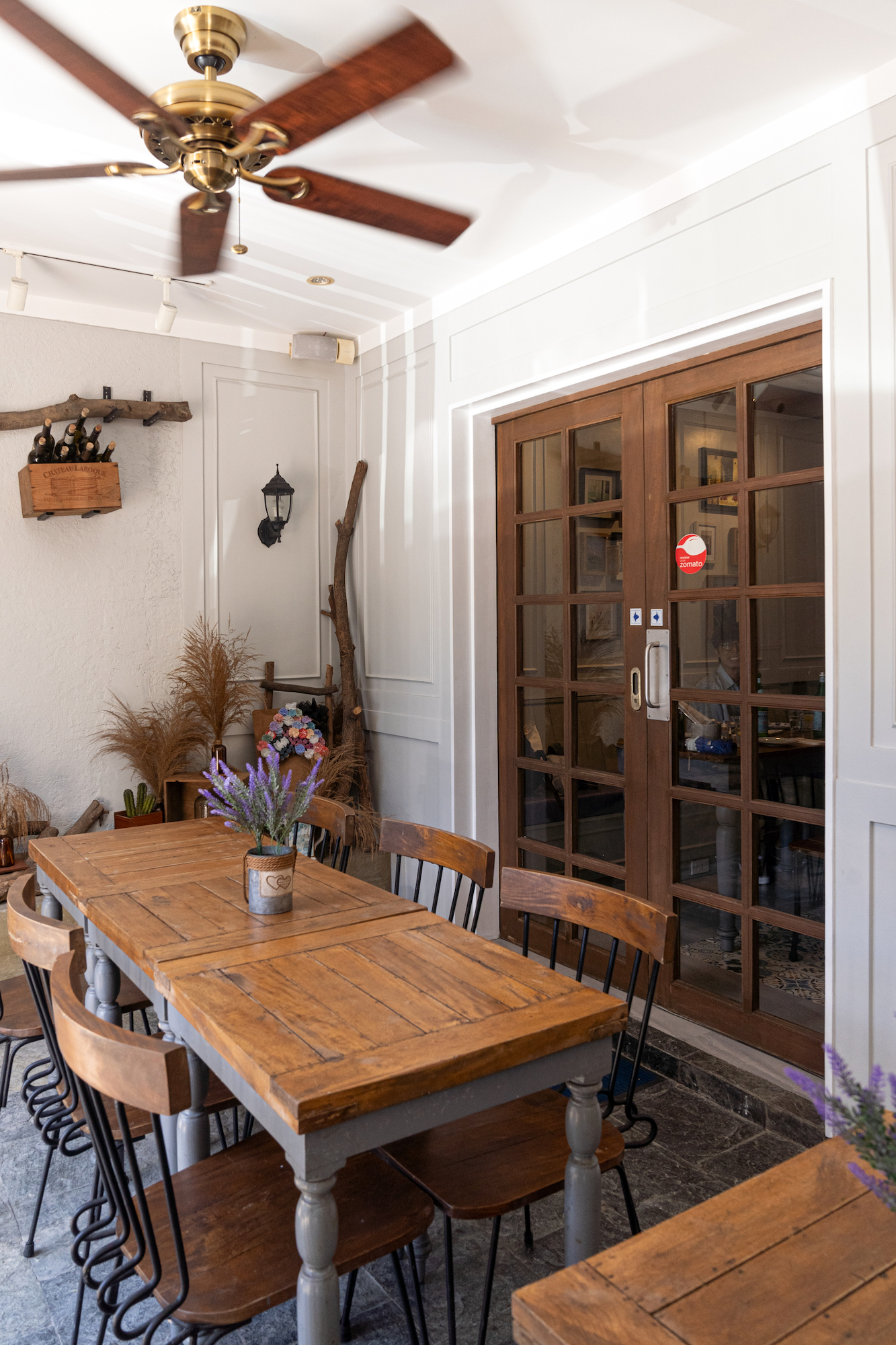
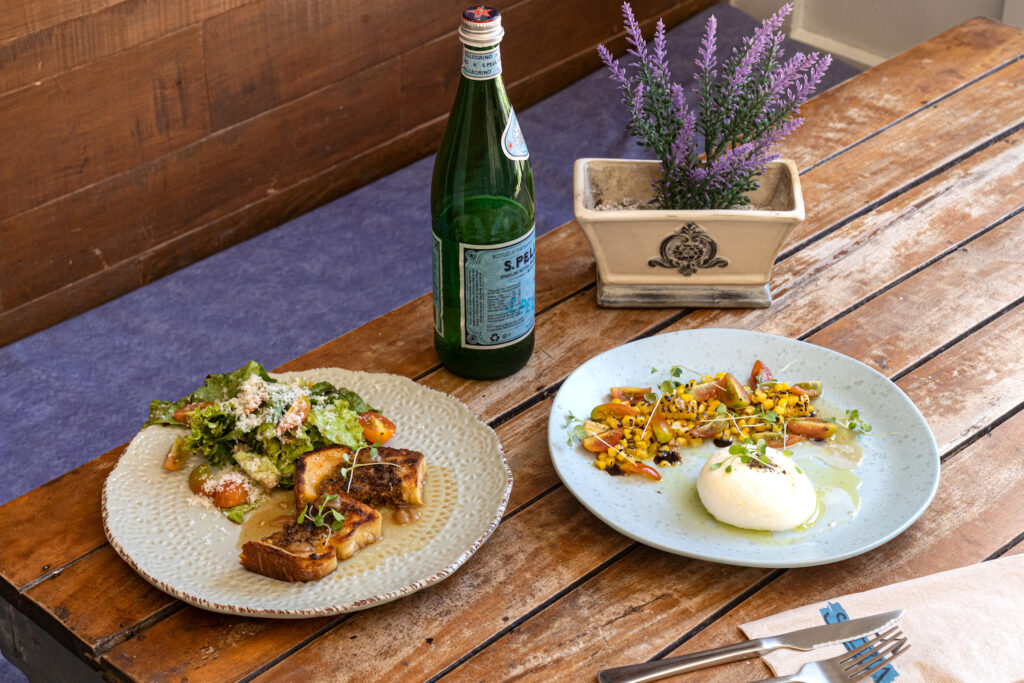
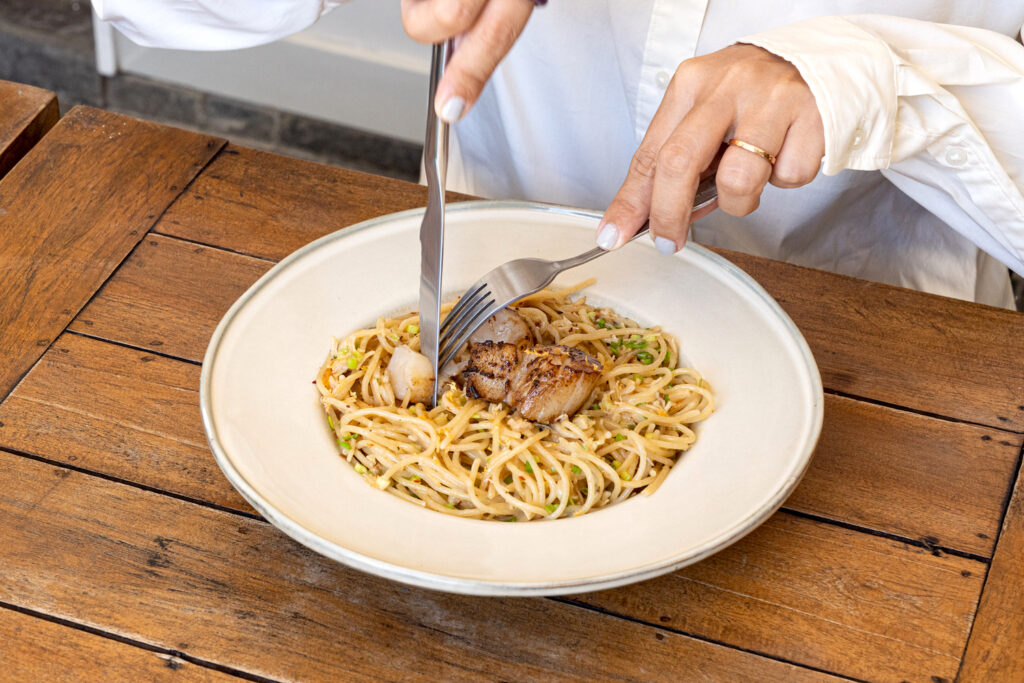
But the draw focuses more on the nostalgia imbibed in the dishes. Yuquimpo and co-owner/chef Aaron Shiu open a dialogue about Italian cuisine for a generation of diners with a desire to discover it from their point of view. It’s not regional (which can be limiting for a food business in the Philippines) but it remains a place for anyone keen on understanding what the two intend to share with the community.
“The menu is more of we see kung ano ang kulang or kung ano ang hindi namin na-try before; we tried to create a dish off that and made it playful and as Italian as we can then we elevate.The difference of our menu from when we started compared to now is the refinement. Mas focused ’yung flavor.”
“The menu is more of we see kung ano ang kulang or kung ano ang hindi namin na-try before; we tried to create a dish off that and made it playful and as Italian as we can then we elevate.The difference of our menu from when we started compared to now is the refinement. Mas focused ’yung flavor,” co-owner Sean Yuquimpo.
While La Spezia has long been a destination restaurant, this renewed energy looks to pull in a new set of visitors. And it’s the new food items that could help generate the appeal for a new crowd while retaining the allure that has made it a northern favorite.
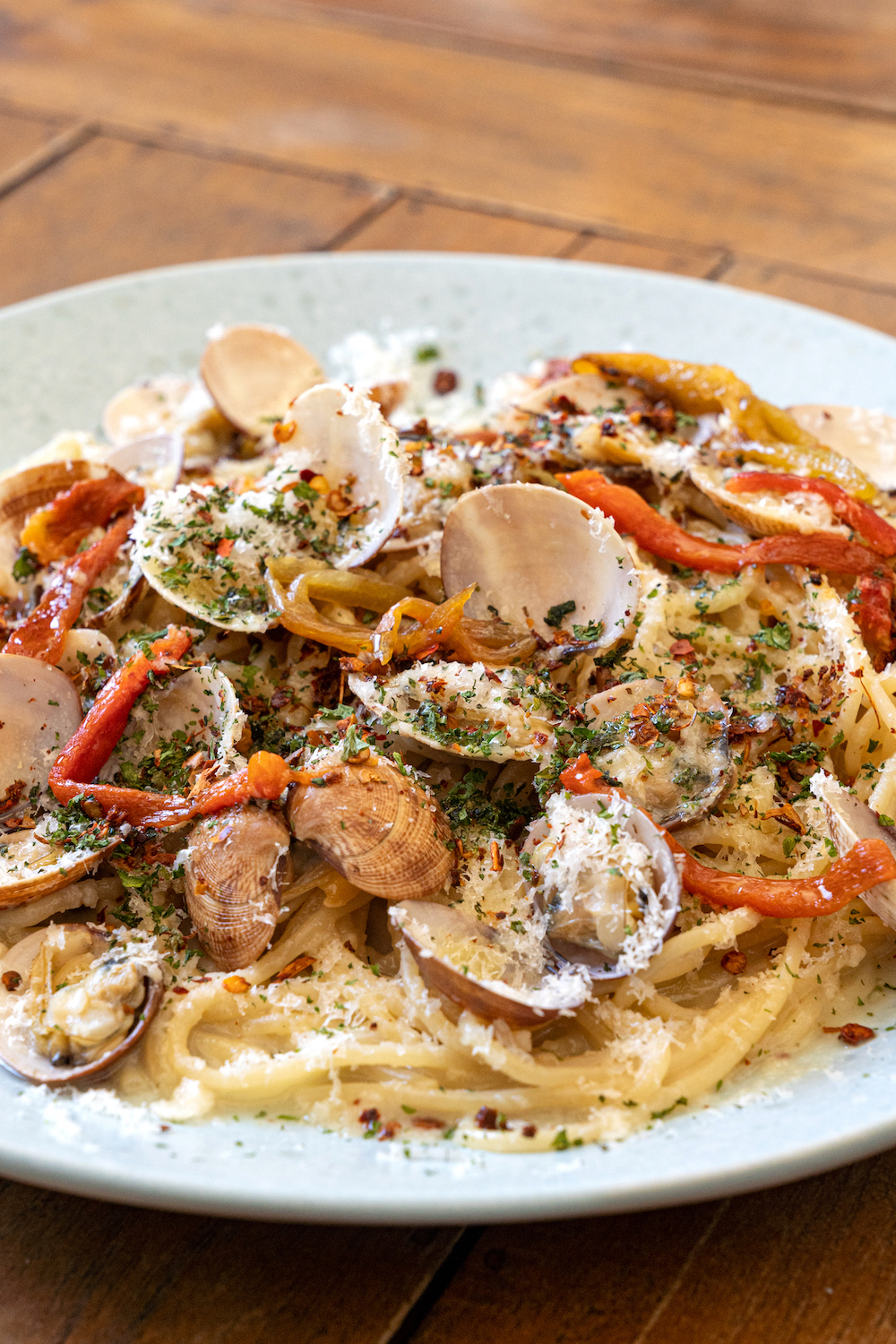
From the comeback of their vongole (clams, smoked bell pepper extra virgin olive oil, 18-month Parmigiano-Reggino, chili flakes) to the introduction of a truffled-loaded, 850-gram Bisteccca rib-eye cooked medium rare and served with twice-fried potatoes and a lemon spaghetti that is a triumph in its simplicity, this menu upgrade is as fluid as it can get.
“For us, this is the fun part. We start with a product we haven’t tried or used for a while and then we create a dish from that. Then we usually choose a traditional Italian dish to incorporate it with and then we add our own tweaks.”
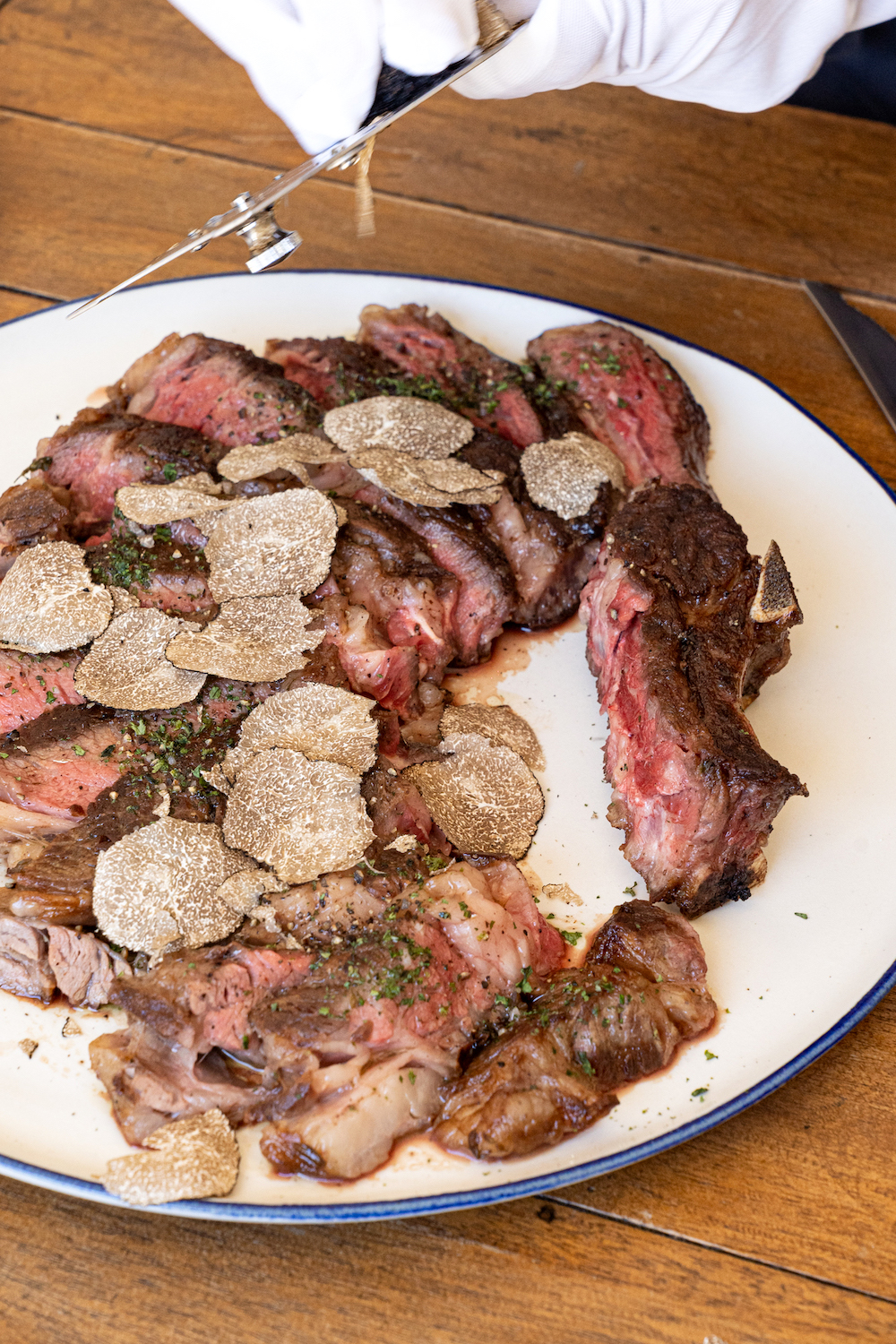
Seasonal Tastes at The Westin Manila
In Ortigas, a new prime spot perched a couple of floors above the busy business district’s streets called Seasonal Tastes is betting on its spectacular approach to an “eat well” menu. And it’s doing so under the capable and creative “farm-to-arm” leadership of head chef Rej Casanova.
One of the core values of the locally-inspired menu is the conviction behind what it does. With The Westin Manila being a wellness-focused brand, Casanova’s Eat Well menu reflects it across seven essential dishes made from high-quality ingredients and high-profile imagination.

Cases in point: A “salmon” bagel (called Everything Vegan Lox) that looks like the real thing but isn’t actually made with salmon. Instead, Casanova substituted the fish with smoked organic carrots and the cream cheese with soya curd. Then there’s the plant-based carrot cake that grows on you, literally.
“Though this is not part of the Eat Well menu, we are also offering this for those who want to indulge in desserts without feeling guilty,” Casanova says. “This egg-free carrot cake also has whipped coconut-lime frosting and a cocoa soil crumble.”

The rest of the dishes also find Casanova underpinning a celebratory mood on healthy and conscious eating, perhaps with the knowledge in the back of his mind that the sustained consumer trend in 2023 remains prioritizing health even amid inflation and cost-of-living struggles. But the chef wants to make it clear that nourishing wellness menus come down to supremely fresh ingredients, not just eliminating or restricting certain items.
Hence, you see his healthier take on chicken inasal that’s marinated in annatto seeds and lemongrass with adlai and a convenient but delectable tuna quinoa poke bowl that uses sustainably harvested yellowfin tuna.
Crosta Pizzeria
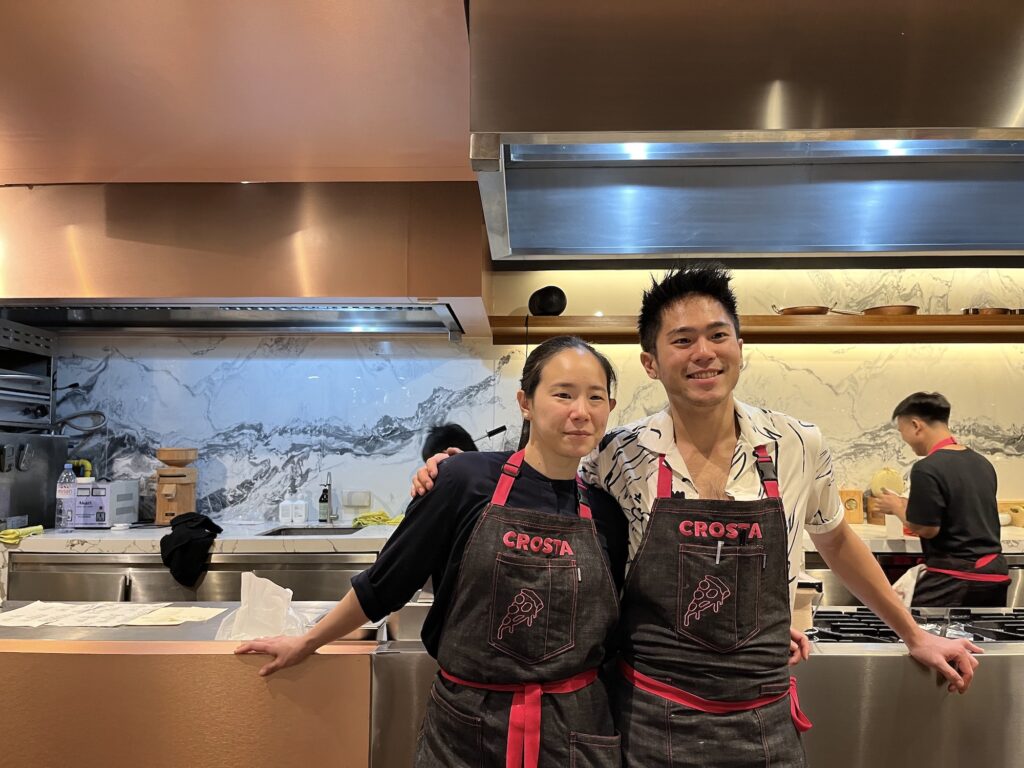
But what about a menu “limited” by a traditional yet well-loved format? For Crosta Pizzeria’s Yuichi Ito, the unassuming pizza provides artistic growth.
Fresh off their 10th place finish on the 2023 50 Top Pizza list, the Filipino-Japanese chef—who has dazzled the local scene and earned the respect of fellow chefs since taking the reins at Crosta Pizzeria three months ago with pies that bear unorthodox ingredients like homemade duck prosciutto and preserved pumpkin—exhibited what he’s truly capable of with a one-off pizza omakase pop-up.
Caviar blossomed out of the menu every now and then. An homage to his Japanese roots were ever present, too. But generally Yuichi Ito’s menu consistently seized the moment with his brand of creativity.
That this was simply a preview of future concepts potentially lined up for next year is an indication of Ito’s growing renown as an innovative food storyteller. Together with his sister Naomi who has a background in molecular gastronomy and a curated selection of French champagne and Italian wines by Grassl Glass’ Alexander Mackh, Ito’s whimsical pizza omakase is a hundred miles removed from his ethereal work at Crosta but it bears all the hallmarks that make such creative menus a thrilling ride.
Caviar blossomed out of the menu every now and then. An homage to his Japanese roots were ever present, too. But generally Ito’s menu consistently seized the moment with his brand of creativity.
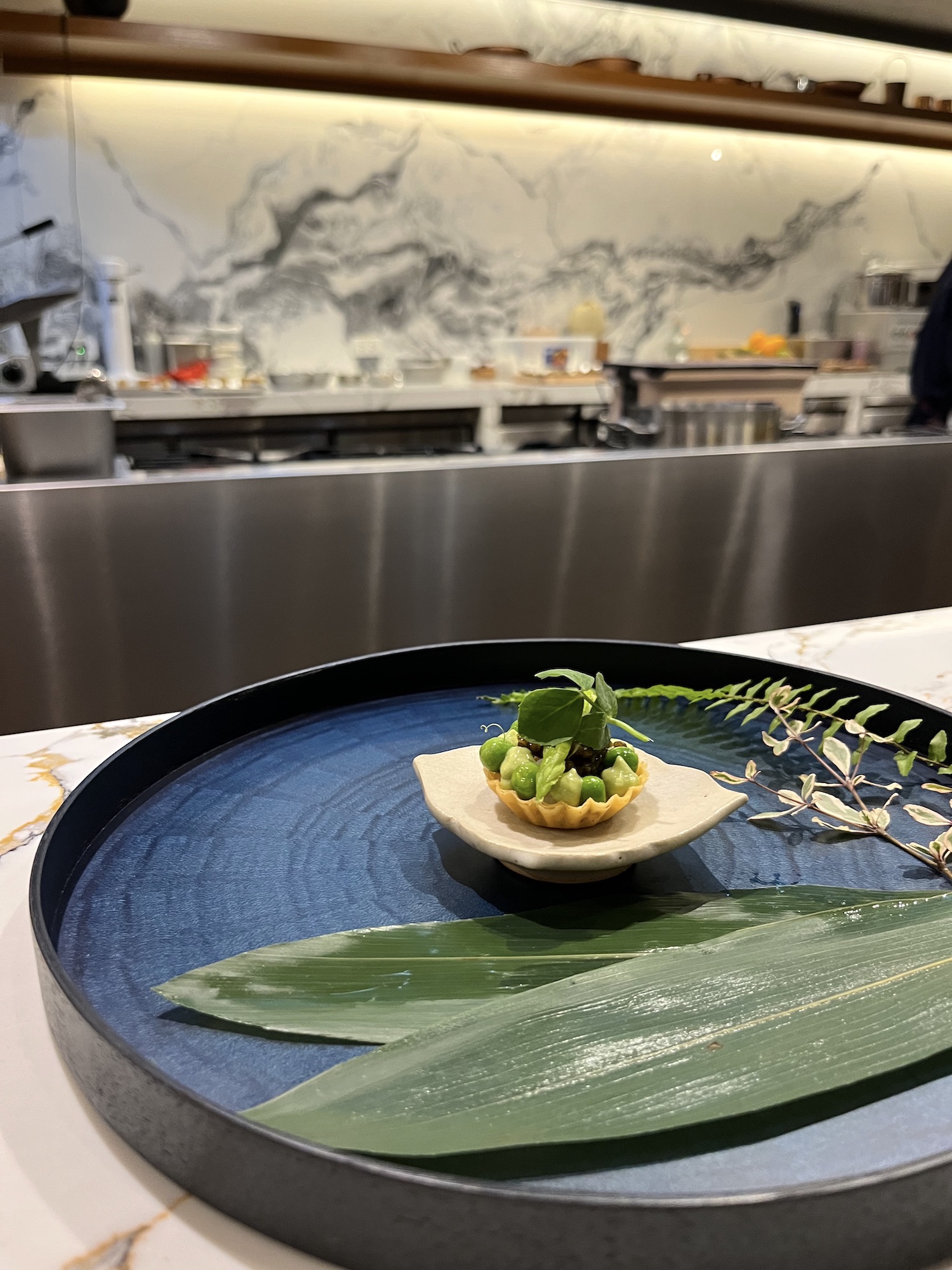

There’s an amuse bouche of wild ootoro (fatty tuna), chutoro bacon, and pistachio; there’s a caviar colony hassun or a seasonal Japanese sampler in kaiseki where you can taste a little bit of everything. In this case, an array of small bites featuring Hokkaido scallops with green pea cream blended with mint, a catfish “unagi” that’s so crisp thanks to the shirayaki-style cooking over Japanese charcoal.
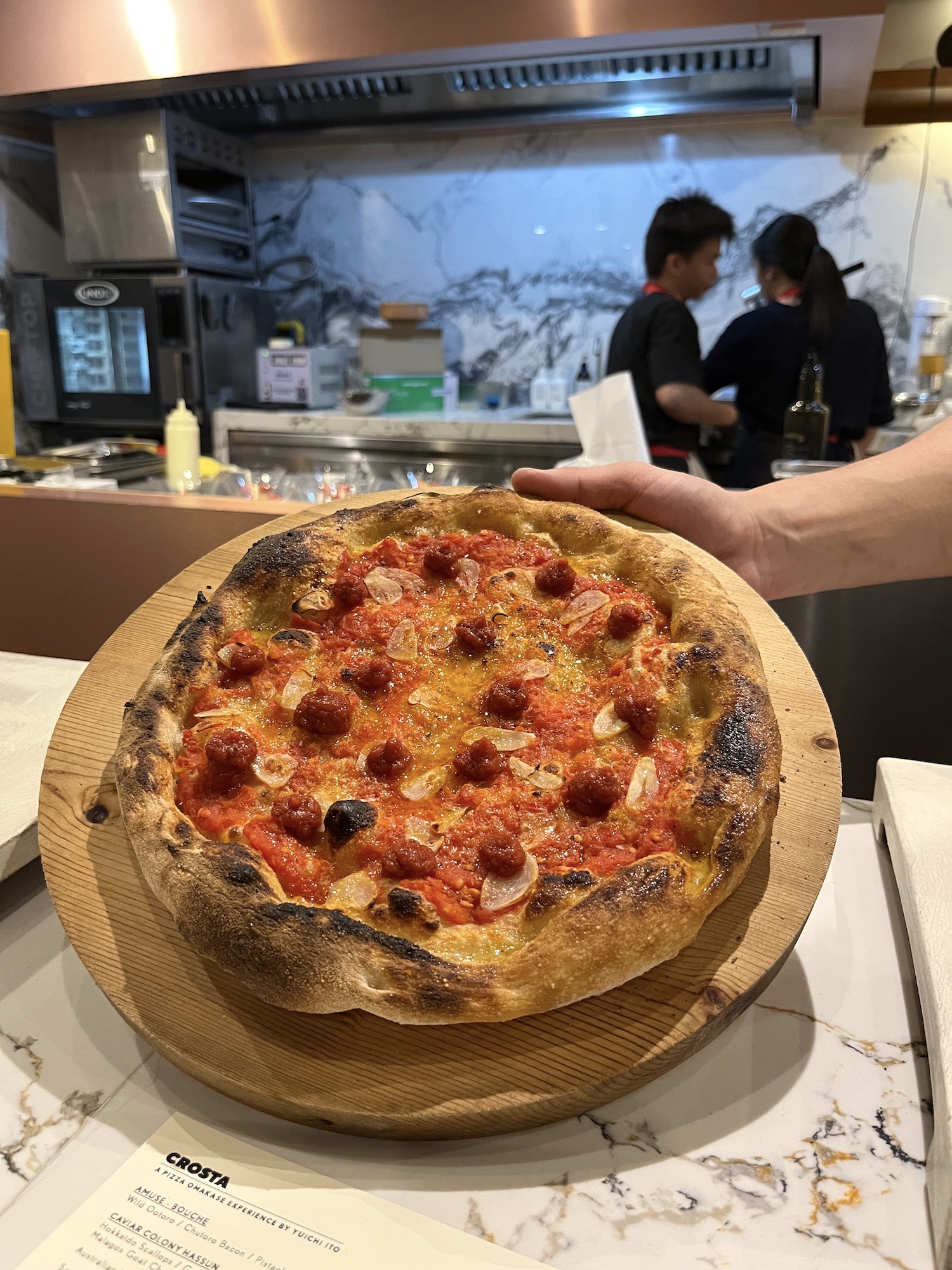
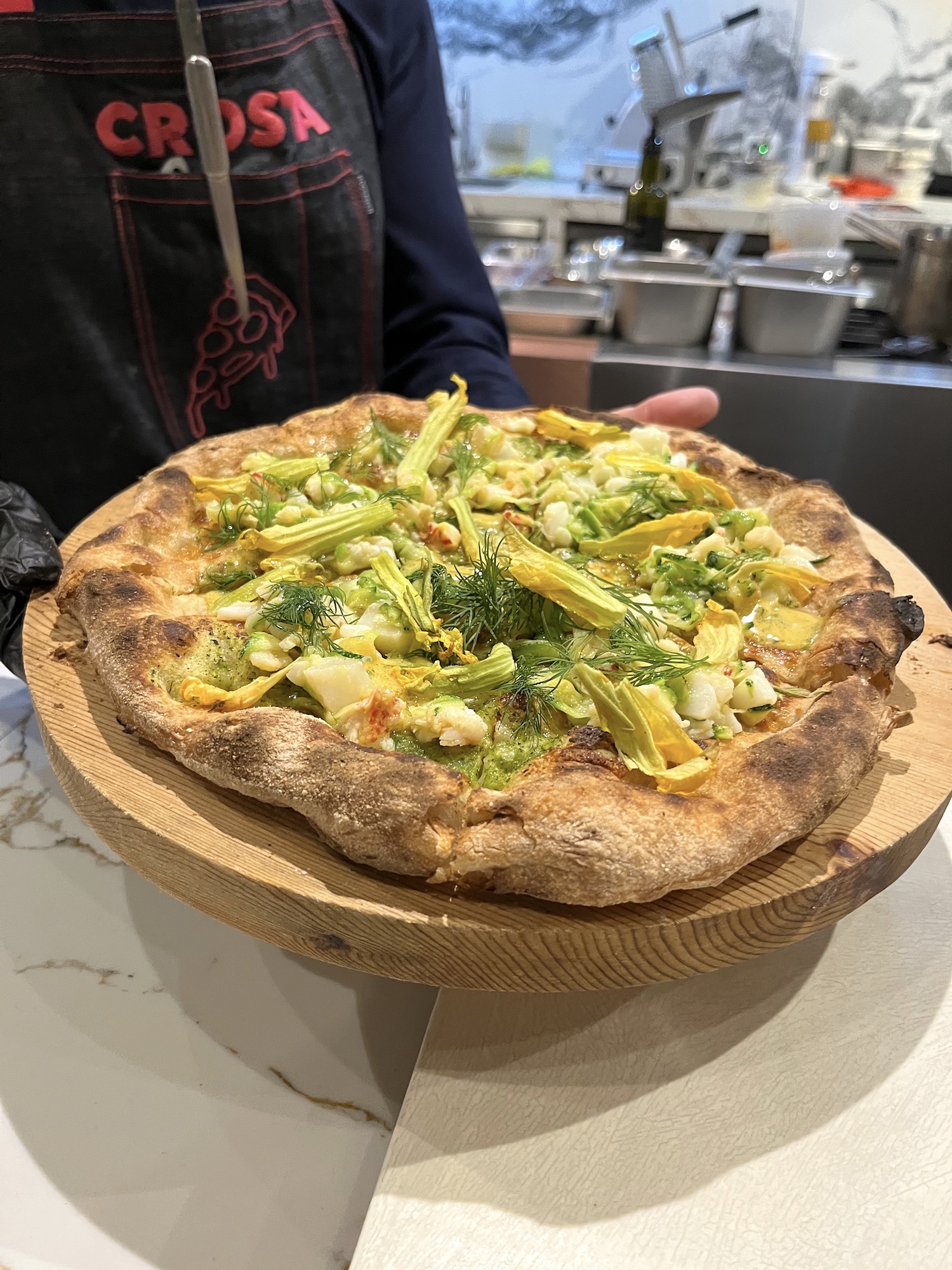
This vibrant fusion of Japanese and Filipino sensibilities makes itself felt throughout the 14-course menu. Ito consciously explores the tastes of his past, present, and future alongside his hopes for the food scene. It’s impossible to escape his off-kilter charm but then reins it back to Crosta’s core product with hard-hitting flavors and ingredients like house-made ndjua (Pizza Bianca), Palawan lobster (Rock Lobster pizza), and house-cured Kyoto duck prosciutto and Pampanga mulberry (Kyo-Gamo).
It’s impossible to escape Yuichi Ito’s off-kilter charm but then reins it back to Crosta’s core product with hard-hitting flavors and ingredients like house-made ndjua (Pizza Bianca), Palawan lobster (Rock Lobster pizza), and house-cured Kyoto duck prosciutto and Pampanga mulberry (Kyo-Gamo).
Now what does this mean for us? Seeing Ito’s imaginative approach to his pizza omakase experience signifies that we don’t always need to be constrained by the rigidities of a certain product or menu. The omakase approach is evidence of the graceful elasticity and surprising possibilities of pizza when exposed to various influences.
Ito believes in using unconventional ingredients on pizza but taking on such a big risk like an omakase means that he trusts his confidence and unique approach to experimentation enough to disrupt the boundaries of what you can do with pizza as a product.





